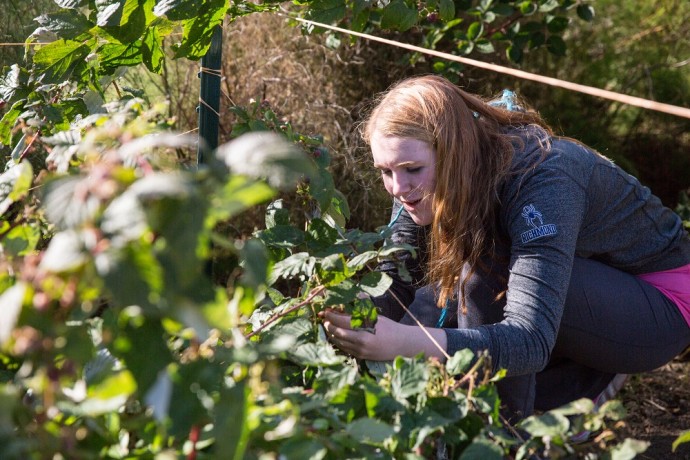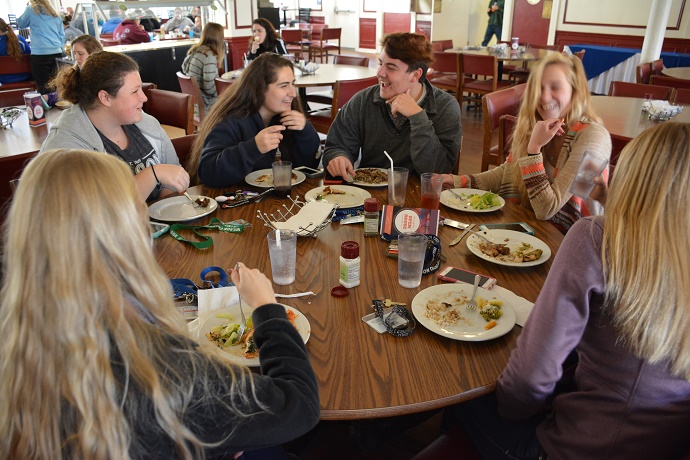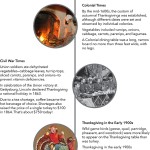Imagine if there were a class that improved students’ wellbeing and performance in every other class. Here at SAGE, it’s not a utopian dream. We call it “lunch,” and many schools are missing out on the opportunity to make the most of it.
Lunch provides a number of benefits. Let’s start with the basics: hungry kids don’t learn well. Study after study demonstrates that kids who have breakfast, who get the recommended levels of iron, and who do not feel hungry have lower rates of illness, come to school more, focus better and for longer periods of time, and score higher on standardized tests. Even for students who’ve enjoyed a hearty breakfast, hunger can rumble again midday. They can become irritable and tired, and lose focus. They need to refuel with a balanced meal; and, more importantly, they need a break. The American Academy of Pediatrics has found that “Children need to have downtime between complex cognitive challenges… it really affects social, emotional, and cognitive development.” Taking time off for lunch reinvigorates students mentally as well as physically.
When the dining environment, meal program, and community atmosphere are well-constructed, lunch becomes a learning experience that facilitates social skills, self-care, and intellectual curiosity. Students can use this unstructured time to relax, build relationships with friends, interact with classmates, discuss topics of personal interest, and become comfortable conversing with adult faculty and staff.
A hands-on experience makes for an even more fulfilling meal. Students who participate in gardening, cooking classes, choosing healthy options from a variety of foods, and cleaning up after themselves are practicing self-sufficiency and establishing dietary habits that extend after graduation. Students who garden and cook in particular, demonstrate increased consumption of fruits and vegetables, more willingness to try new foods, and greater feelings of self-efficacy. Students who learn how to recycle in the dining hall are more likely to do so at home. Lessons reinforced in the dining hall are lessons that last.

Despite all of these potential benefits, many schools unwittingly dissuade students from eating lunch by allotting too short a time for meals, neglecting the aesthetic appeal of the dining hall, prohibiting free association of students, or providing subpar food. Schools and dining services owe it to students to frame lunch as a time for nutrition, self-care, unstructured learning, and socialization.
In the words of Stephanie Balmer, Headmistress of Harpeth Hall School in Nashville, “It’s a responsibility of our college preparatory schools to ensure that our students are equipped with the knowledge they need to make informed choices. And dining is not an exception to that.”
At SAGE, we make it our mission to provide not only great meals, but exceptional dining experiences. Tune in later this week to see how we make it happen.







